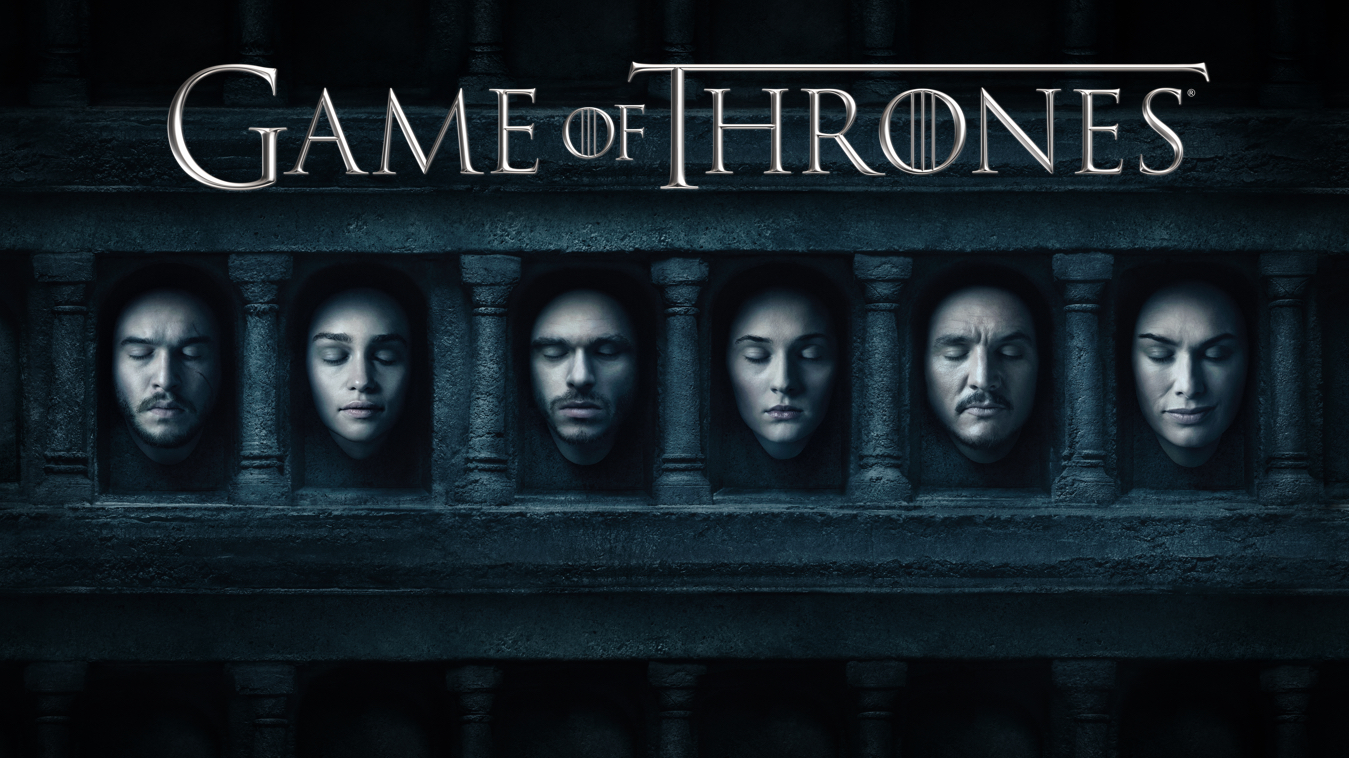
Game of Thrones finally shows women of color and they’re getting killed.
Game of Thrones has been the focal point of countless posts on social media and blog sites since its season 7 premier on July 16, 2017. It feels like it’s almost impossible for me to get on any of my accounts without seeing something related to the show.
The show has faced criticism for its treatment and portrayal of women in the past. The show frequently shows rape and sexual assault. While Game of Thrones does feature women in main roles, and not just as love interests, the lack of roles filled by women of color is disappointing.
In previous seasons of the show, viewers see women of color in roles of slaves, servants, or mistresses. The closest thing to a main character viewers had seen was Missandei. Despite her relationship being closer to that of a friend to Daenerys Targaryen, she was ultimately a servant.
The addition of the Sand Snakes in season 5 added more Dornish women of color (in addition to Ellaria Sand, who was introduced in season 4). Their characters were portrayed as villains with not much more development apart from their anger. These women had short-lived roles though. This season left tw0 of the women dead and the other two in a dungeon awaiting their deaths.
Critics of the lack of diversity in the show have received counter statements from author George R.R. Martin, stating that there was a lack of diversity in the time period the series takes place in. I’d like to know why, if this is a fantasy series with little historical accuracy, should a lack of racial diversity be justified on the basis of historical accuracy?
Lacking women of color isn’t unique to Game of Thrones.
A recent study by USC has reported that in over 21,000 characters:
- One-third of speaking characters were female
- 28.3% of speaking characters were people of color
- Female characters were four times more likely to dress in “sexy attire”
- Female characters were three times more likely to show some nudity
- Women of color over 40 are rarely seen
Each of these is applicable to Game of Thrones. Most of the female characters in the show have faced sexualization, many of them have shown nudity, and the only woman of color over 40 is Indira Varma, who plays Ellaria Sand.
Although women of color are added to the show, they’re cast as secondary characters. Because of this, underrepresentation in the show remains. While I don’t have much, or any, hope for the Sand Snakes, I do hope that Game of Thrones considers the lack of diversity in the show.
While my desire could be a stretch, I’d like to see more diversity, specifically in the female characters, in upcoming episodes.It’s 2017, the shows we watch should include people of all genders and ethnicities. Disregarding people of color because it’s “historically accurate” is unfair and continuously disappointing to viewers. The show will undoubtedly continue to attract viewers, but representation matters, and should be considered.
About the Author

Kathryn Pitts is a Political Science major at Georgia State University, pursuing a career in the non-profit sector. She is aiming to work with refugees, specifically women and children, and women’s rights on a global scale. She is passionate about volunteer work and strives to help others every day. Kathryn also enjoys playing with her dog and hiking on weekends off.
Image source: ParentMap